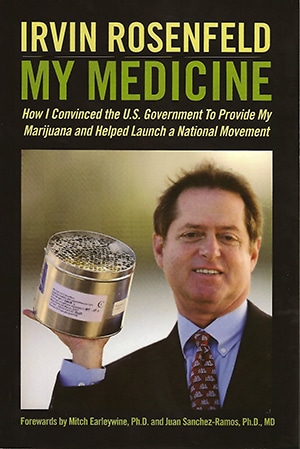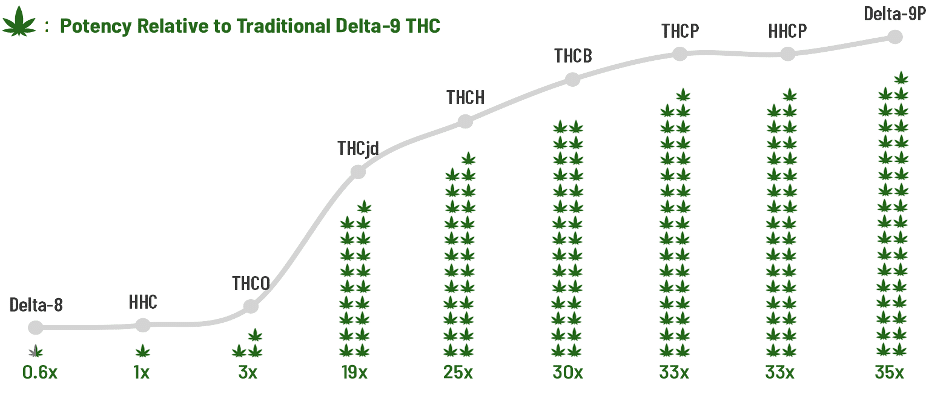Consider it a testament to the ubiquity and flexibility of the endocannabinoid system: we can inhale medicinal cannabinoids via combustion or vaporization; ingest them via food or drink; and absorb them directly through the skin, the body’s largest organ.
This latter category is broader and more complex than many of us give it credit for. Inside the mouth, it includes both buccal (between the gums and cheek, as with a lozenge) and sublingual (under the tongue, as with a tincture) modes of absorption.
Everywhere else, it includes two additional routes that work in very different ways: topically, via cannabinoid receptors and secondary targets including TRP (“trip”) channels, PPARs (nuclear receptors), and serotonin receptors that are expressed widely in skin cells and superficial tissues; and transdermally, by entering the bloodstream through the skin.
Advantages and disadvantages
Traditional topicals – including water-based lotions and creams and oil-based balms and salves – offer a quick onset time, no psychoactivity, and the potential to treat not only aches, pains, and inflammation, but also skin conditions like psoriasis and eczema. On the other hand, they’re short-acting, relatively low in bioavailability, and limited to the area to which they’re applied.
Transdermal or “skin-crossing” formulations, meanwhile, are systemic. They act on the entire body (and thus may produce mild psychoactivity if THC is involved); they also last longer, and take effect more slowly. Such products rely on chemical enhancers (called “excipients”) like ethanol, propylene glycol, oleic acid, and even terpenes to help cannabinoids sneak past the skin barrier and into the bloodstream. They also employ special delivery systems like adhesive patches, hydrogels, and nano-emulsions.











